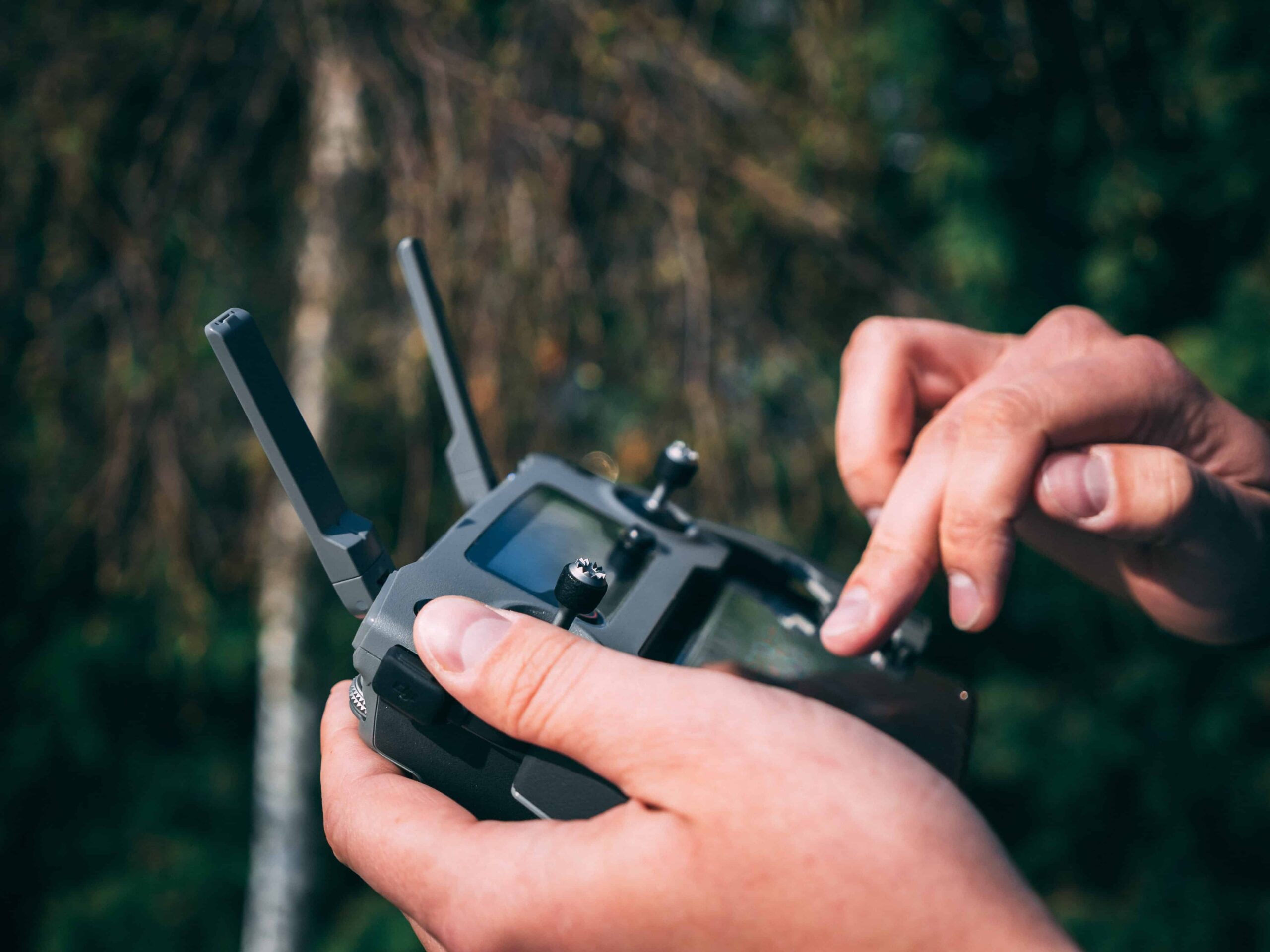Introduction to Motion Control Technology
Machine automation is in an era of rapid technological advances and changes, enabling businesses to improve on their production efficiency while lowering operating costs and boosting their bottom lines.
Motion control technology is a critical component in many industries used for developing automated machines. The technology depends on a wide range of devices that control motion sequences so that engineering teams can control the precise position, speed and torque of a system.
So, what exactly is motion control?
Motion Control Definition
Whenever you need an item to be at a precise place at the right time, you want motion control.
This is an engineering discipline that focuses on the movement of a load from one point to another. This is done by precisely controlling a load’s position, velocity, and acceleration under pre-defined operating conditions.
Continuous innovation and advancements in this field have resulted in impressive applications such as transplant mechanical valves that, when perfected, could function similar to an actual heart.
How Do Motion Controls Work?
Since the load consists of real objects, motion control needs to be more precise and reliable than most other disciplines.
Through motion control motors, digital information is altered into a specific physical motion that is driving the fourth industrial revolution even further. From advanced robotics and additive manufacturing to prosthetics and battery-powered medical devices, previously unimagined use cases are now suddenly possible due to motion control.
However, efficiently transforming digital information into physical movement needs more than just transferring the data into motion.
Motion control requires a range of components (controller, drive, motor, and a mechanical system) working together to power the system. For the different parts to work in unison, motion control technology and application engineering are required.
A key component to motion technology is software, without which the components are nothing more than a pile of mechanical and electrical parts.
What Is Motion Control in Robotics?
Robotics defines a fully functioning system designed to achieve a specific purpose–whether fully autonomous or automated in some form. The engineer programs the robot to perform the series of tasks, and all you need to know is how to operate. Operation instructions include how to power the robot, make correct selections and push the start button.
While underlying concepts are different, motion control and robotics work together.
Motion control is a vital subsystem that helps put the ‘robo’ in robotics by:
- Offering the precision required in most applications
- Simplifying robotic control systems
Designing Motion Control Systems
To design a motion control system, you require a few essential components.
Motion control components
- Human-Machine Interface (HMI) – The application software dashboard in some systems that commands target positions and motion control profiles
- The motion controller – The brains of your system that receives the desired positions and motion profiles, and creates the trajectories for motors to follow
- The drive/driver/amplifier – Takes commands from the controller and generates current required to turn or drive the motor
- The motor – Transforms electrical energy into mechanical energy while producing torque necessary to move to the desired position
- Mechanical system – The motors provide torque to mechanics, including actuators, robotic arms and linear slides
- A position sensor or feedback device – While not required in some applications, the device senses the motor position and relays the same to the controller, closing the loop
Types of Motion Control Systems
- Open-loop – This topology has a controller, driver and motor. The controller starts the system by sending the desired output to the driver, which instructs the motor. This system is one-way and has no feedback mechanism to alter operations.
Closed-loop – This topology includes feedback, which allows the control system to make changes to processes it is running. The driver phase repeatedly runs to produce a continually changing result depending on the desired output, like fans in premium graphic cards turn on and off when the component temperature hits a set point.
Motion control examples
Motion control technology is part of everyday life and comprises some of the critical systems, including:
- Transportation – Motion control systems like dc gear motors operate mass transit buses and trains to controlling elevator and escalator movement
- Entertainment/games – Motion control systems are also used in a wide variety of drones
- Industrial – The systems are critical in automating processes through conveyor systems and robotics to improve higher production and assembly efficiency margins. For example, robots handle sensitive materials in factories and assisting humans in product delivery
- Medical – Motion systems include wheelchairs that can navigate rough terrain, respiratory air pumps, bionic prosthetics and mechanical transplant valves
- Security – For controlling the movement of IP cameras
In a system where accuracy of movement, efficiency, and power are of vital importance, motion control is highly likely to be a part of it. Not only does it enable and automate movement, it also ensures that a machine can stop.
